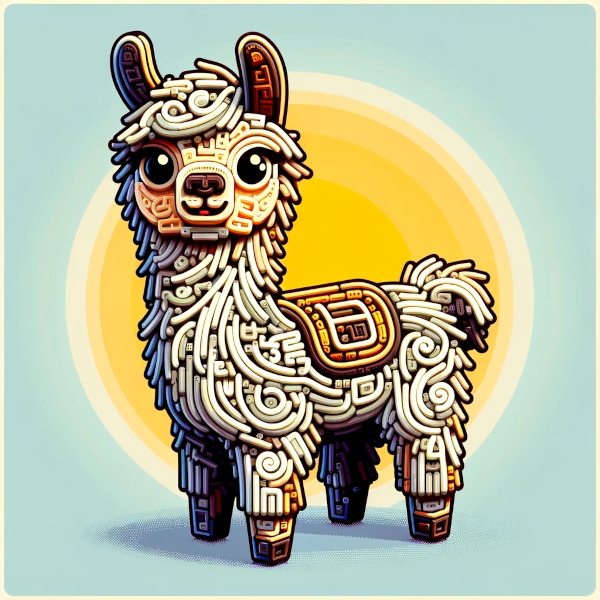We will run local GMML models using llama.cpp and python. We will use the python bindings for the llama.cpp library called llama-cpp-python which can be installed using pip.
We are responsible for finding and downloading the desired GMML models. There is no built in mechanism to download them (like ollama server). The files that work for the ollama server do work on llama.cpp as well and that can be used.

Simple Example
Here is a simple example of how to use llama.cpp to run a local model.
from llama_cpp import Llama
llm = Llama(model_path="<path to model>")
output = llm(
"Q: What is standard deviation in statistics.' A: ", # Prompt
echo=True, # Echo the prompt back in the output
)
Constraining to JSON Output
llama.cpp also has GBNF (GGML BNF (Backus-Naur Form)) format for the output which constrains the output to be of a certain format. To use this to force JSON format, we load the JSON grammar which can be found here.
The code to use the JSON grammar is as follows:
grammar = LlamaGrammar.from_file('json.gbnf')
output = llm(
"Q: What are the key concepts to learn in statistics?. Please give a JSON list of the concepts. A: ", # Prompt
echo=True, # Echo the prompt back in the output
grammar=grammar, # Grammar file to use
)
Running on the GPU
If you install llama-cpp-python using pip, it by default will install the CPU version of the library.
In case the CPU version is installed, you have to remove the currently installed version and install the GPU version.
pip uninstall -y llama-cpp-python
CMAKE_ARGS="-DLLAMA_CUBLAS=on" FORCE_CMAKE=1 pip install llama-cpp-python
It might fail if you do not have the nVidia CUDA toolkit installed in the path. For me using ubuntu, the installation can be done following the instructions here for CUDA 12.2. Please get the right version for your system accordingly. nvcc --version should show the version of CUDA installed or otherwise add it to the path using
export PATH=/usr/local/cuda/bin:$PATH
export LD_LIBRARY_PATH=/usr/local/cuda/lib64:$LD_LIBRARY_PATH
The model can now be loaded by specifying the n_gpu_layersparamter. The rest of the code remains the same.
A good way to check if the GPU is being used is to use nvidia-smi command. It should show memory being used to load the LLM.
llm = Llama(model_path="<path to model>", n_gpu_layers=40)
